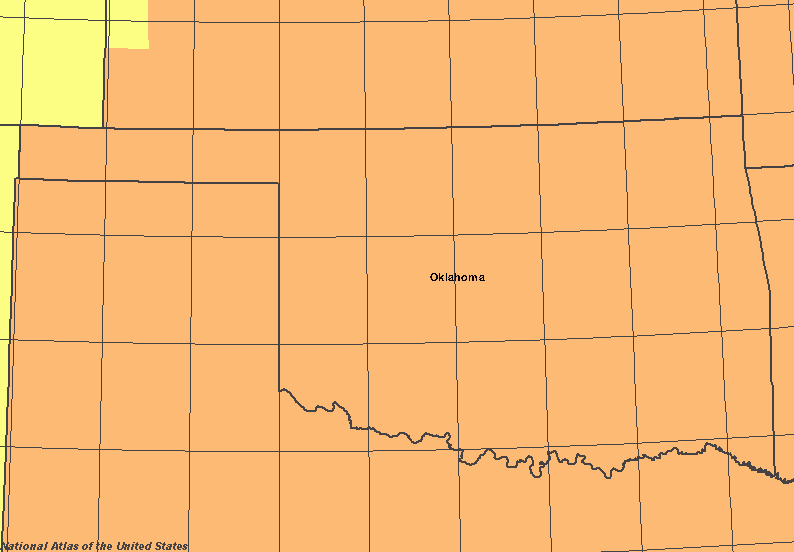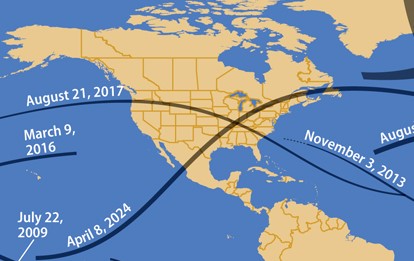

Given the variability of structural heterogeneity inherent in disparate natural and human‐influenced landscapes, coupled with the multi‐scale spatio‐temporal dynamics of weather patterns within these landscapes, the associated thermal landscapes will differ in space and time (Chen et al., 1999 Tanner et al., 2017). Yet in a proximate sense, near‐surface temperatures are governed by interactions between climate and vegetation (Peel et al., 2007), and more locally by patterns of heterogeneity within a landscape that is structured is by soil types, topography, disturbance events, and land use patterns (Sears et al., 2011 Tuff et al., 2016 Turner et al., 2001). Ultimately, atmospheric temperatures are influenced by astronomical forces such as incoming solar radiation, while also being governed by many factors such as weather patterns, latitudinal/altitudinal positioning (Ahrens, 2012), and more recently by anthropogenic pressures (IPCC, 2014). The dynamics of thermal conditions are structured by a complex network of driving forces that are influential from both an ultimate and proximate sense. For instance, thermal conditions are important in dictating an organisms’ metabolic rate, which in turn is posited to be a primary constraint that structures biological and ecological patterns globally (Brown et al., 2004). One such condition, temperature, has long been understood as fundamental in structuring ecological patterns and processes (Angilletta, 2009 Begon et al., 2006). Because of the inherent dynamic state of these conditions, ecological patterns and processes often exist in a state of nonequilibrium (Gilchrist, 1995 Maron et al., 2015 Tanner et al., 2017 Turner, 1989). However, these conditions are highly dynamic in both space and time due to the structural, topographic, and geologic patterns inherent in natural landscapes (Chen et al., 1999 Sears et al., 2011 Turner, 1989). It appears that fine‐scale spatio‐temporal thermal variation is largely driven by solar radiation, which can be influenced by vegetation heterogeneity inherent within a landscape.Īll living organisms function within the scope of abiotic environmental conditions, which are partially responsible for influencing ecological patterns and processes at multiple spatial and temporal scales (Begon et al., 2006). These results suggest that highly encroached grasslands may experience lower diurnal variability of temperatures at the cost of a decrease in the overall thermal heterogeneity of that landscape.
#Eclipse solar 2017 oklahoma time zone series#
Time series models suggested that solar radiation was the most influential factor in predicting changes in thermal heterogeneity as opposed to ambient temperature alone. Thermal heterogeneity was lowest in the highly encroached grassland, which also experienced the lowest overall change in thermal heterogeneity during the eclipse. Similarly, the largest change in thermal heterogeneity occurred in the grassland with the lowest amount of woody encroachment.

The largest temperature range across sites that occurred during the eclipse was in the mixed grass vegetation.

Temperatures were monitored across three grassland pastures in central Oklahoma that were characterized by different densities (low, medium, and high) of Juniperus virginiana to understand the impact of woody encroachment on diurnal temperature patterns and thermal heterogeneity in a grassland's thermal landscape. We then quantified changes in near‐surface temperatures resulting from changes in solar radiation levels during the eclipse. We utilized the August 21st, 2017, solar eclipse to mimic a rapid sunrise/sunset event across a landscape characterized as a grassland to experimentally manipulate levels of solar radiation in the system. Thermal landscapes of grasslands are likely shifting as woody encroachment fragments these ecosystems and studies quantifying thermal fragmentation in grassland systems resulting from woody encroachment are lacking.

Heterogeneity in landscapes that is structured by ultimate (climate) and proximate (vegetation, topography, disturbance events, and land use) forces serve to shape thermal patterns across multiple spatio‐temporal scales. Temperature has long been understood as a fundamental condition that influences ecological patterns and processes.


 0 kommentar(er)
0 kommentar(er)
